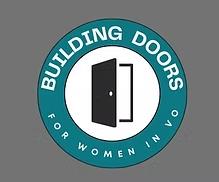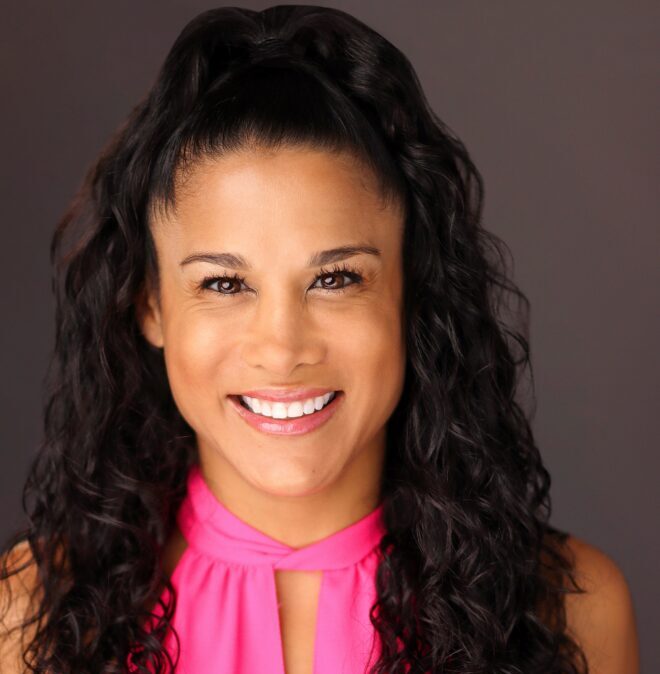While it’s important to have specific goals as a voice actor, it’s just as important to be ready for the opportunity when you finally reach the goal. And I say ready, because you can’t prepare for something as unpredictable as an animation session.
When I was getting started, my biggest goal as a voice actor was to be a cartoon. More specifically, a silly cartoon with a big, dumb character-y voice. Even more specifically, a 2d animated SAG-AFTRA backed cartoon on a major network for kids.
Countless auditions, callbacks, and rejections later I was in the booth doing just that, and if you’ve never done it, it’s not exactly what you’d expect.
To start, animation recording sessions generally run for four hours. You could be there the whole four hours, 30 minutes, or two minutes. In any case, you’re getting paid the same rate per episode recorded that day (unless you and your agent negotiate for more). Which means you could record one episode from start to finish with an ensemble, or all of your lines from 5 episodes on your own with the director. Some of those could be a ‘straight record’ of dialogue with no picture, and some could be ADR sessions fitting rewritten lines or efforts into nearly completed episodes.
And even though you auditioned for, and booked the part of one character, under the current union contracts, you can be called on to pl ay up to three characters in one session. That’s why it’s important to have a few accents or character voices in your back pocket if they ask you on the spot to cover a few ‘one-off’ lines for a background character or ‘walla’ – layers of improvised dialogue used for crowds. They almost always ask. The good news is every time they write that character back into the show, you get to come back and play it, so make the most of those opportunities.
ay up to three characters in one session. That’s why it’s important to have a few accents or character voices in your back pocket if they ask you on the spot to cover a few ‘one-off’ lines for a background character or ‘walla’ – layers of improvised dialogue used for crowds. They almost always ask. The good news is every time they write that character back into the show, you get to come back and play it, so make the most of those opportunities.
Now, not every show records the same way. Some have had ensembles of anywhere from four to ten people in a booth, recording the lines in sequence together. But should a worldwide pandemic occur, chances are you’ll be recording solo from home. You may record in long runs of ten lines at a time reading opposite the director, usually two or three times for variety. Some directors work differently and prefer you give an “ABC” read for each line on a separate take. If you flub, you flub and just start back at the top of the line again (the flub doesn’t count as one of the ABC reads).
You’ll usually get context from your director for each line, but it’s always a good idea to read through the scripts so you can get some ideas about what you might try on a line and how your character fits into the plot. If the direction is different than what you imagined, it’s just as easy to let go of those ideas. But with the full context, you’ll be ready for anything.
Time is money in these sessions, so taking direction quickly will make you an efficient choice to bring back. But with the remaining B and C takes you can re-interpret the direction and take creative risks. If you’ve got something really good and different, you can usually ask to try one more. Sometimes they really pay off. And if your director asks to give you a line read here or there, don’t take it personally. It’s usually because they’ve got insight on the tone of the show and how the scene is going to be animated.
Feel out the room a bit too. You can tell if a session is going to be slow-paced and relaxed or tight and quick. With a bunch of people in the waiting room you’ll have to be fast, fun, and gone so they can pack everyone in.
When you’re done, sign the paperwork (per episode!) and be your charming self walking out of the room.
Again, anything can happen in an animation session and on the flip side you can make anything happen in an animation session if you play it right so don’t prepare for one thing. Be ready for anything.





